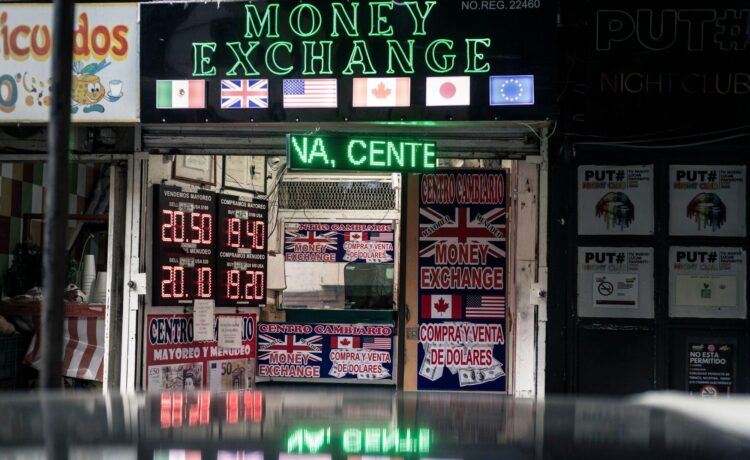The regional currencies, however, are expected to catch a breather in the second half of the year, analysts say
THE world found itself on the brink of a trade war last week as US President Donald Trump’s on-again, off-again stance on tariffs came to a head, sending South-east Asian currencies in a spin.
The US dollar index – which measures the greenback’s value against a basket of six major currencies: the euro, yen, pound, Canadian dollar, krona, and franc – rose some 1 per cent ahead of Feb 1 – the day Trump’s inauguration threat of tariffs on Canada, Mexico and China were supposed to kick in.
The index climbed to a relative peak of 109.874 around noon of Feb 3, before gradually easing to about 107.746 as at 2 pm on Thursday (Feb 6) as investor concerns eased amid expectations that the tariffs would be delayed or softened.
What’s happened so far?
Campaign trail: Trump threatens tariffs on Canada, Mexico and China to come on day one of his presidency
Jan 20: Trump takes office, threatens tariffs from Feb 1 instead
Feb 1: Trump announces a 25 per cent additional tariffs on Canadian and Mexican imports; 10 per cent tariff on Chinese good, set to kick in on Feb 4. Mexican President Claudia Sheinbaum vows retaliation
Feb 2: Canadian PM Justin Trudeau slaps back with 25 per cent tariffs on some US goods from Feb 4
Feb 3: US tariffs on Canada and Mexico on pause for month after talks
Feb 4, 1.01 pm (Singapore time): Chinese tariffs come into effect
Feb 4, minutes later: Chinese finance ministry hits back with 15 per cent levies on US coal and LNG, 10 per cent on crude oil, farm equipment, autos – to start Feb 10
Copyright SPH Media. All rights reserved.
















